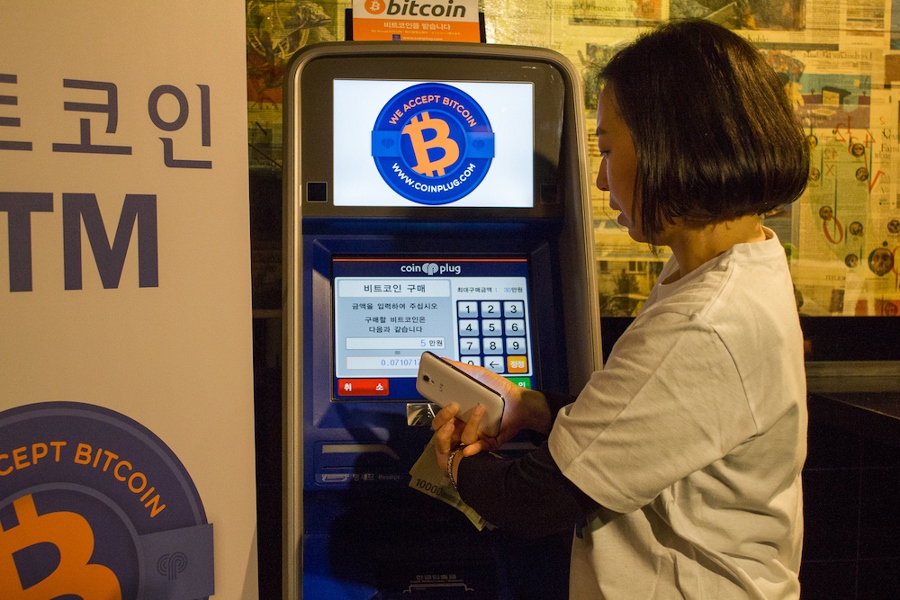NFTs, or non-fungible tokens, have taken the digital world by storm. These unique digital assets are becoming increasingly popular among collectors, investors, and artists alike. In this article, we will explore what NFTs are, their growth and popularity, and their potential benefits and drawbacks.
Understanding NFTs
NFTs are digital assets that are stored on a blockchain, a decentralised digital ledger that allows for secure and transparent transactions. Unlike other digital arts such as cryptocurrencies, NFTs are unique and cannot be exchanged for other tokens or assets. Each NFT is one-of-a-kind and represents ownership of a specific piece of digital content, such as artwork, music, or video.
The Growth of NFTs
NFTs have exploded in popularity in recent years, with the market growing from less than $50 million in 2018 to over $2 billion in 2021. This growth can be attributed to a number of factors, including the rise of blockchain technology, the increasing value placed on digital content, and the ability of NFTs to provide creators with a new way to monetize their work.
The Benefits of NFTs
One of the main benefits of NFTs is their ability to provide creators with a new way Battlespecies to monetize their digital content. In the past, digital content creators often struggled to protect their work from piracy and illegal sharing, leading to a loss of potential revenue. With NFTs, creators can authenticate and verify ownership of their work, and sell it to collectors or investors for a fair price.
NFTs also provide collectors and investors with a new way to invest in and support artists and creators. By purchasing an NFT, collectors can own a unique piece of digital content and support the artist who created it. In addition, some NFTs may increase in value over time, providing investors with a potential return on their investment.
The Future of NFTs
The future of NFTs is bright, with many experts predicting continued growth and expansion of the market. NFTs have the potential to revolutionize the way that digital content is created, shared, and monetized, and may even change the way that we think about ownership and value.
However, there are also potential drawbacks to NFTs. The market is still relatively new and unregulated, and there is a risk of fraud and scams. In addition, the environmental impact of blockchain technology used to create and maintain NFTs has raised concerns about sustainability.
In conclusion, NFTs are a rapidly growing market that offer creators, collectors, and investors with a new way to interact with and monetize digital content. While there are potential drawbacks to NFTs, the benefits and potential for growth and innovation make them an exciting and promising development in the world of digital collectibles.





